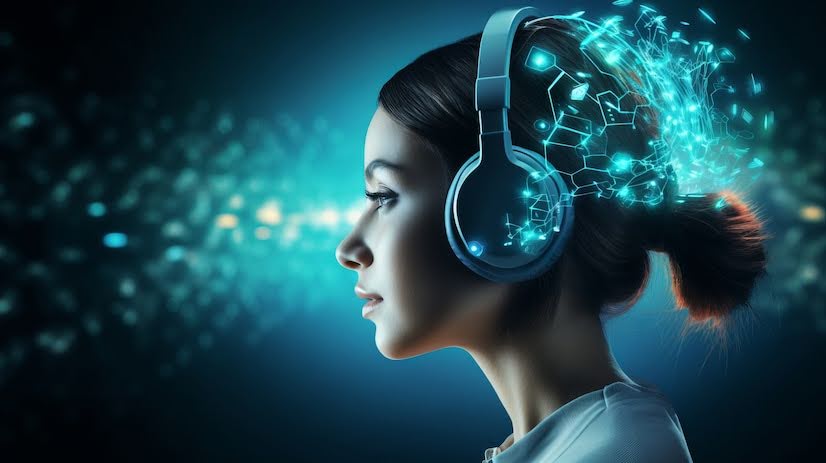
Remember the first time you watched a foreign film with awful dubbed dialogue? The lips moving one way while completely disconnected words floated through the air? For decades, this jarring viewing experience was simply what we accepted as the price of crossing language barriers in entertainment. But that's changing fast, thanks to dubbing ai technologies that are quietly transforming how global audiences experience films and TV shows in their native languages.
Breaking Down the Old Way of Doing Things
I've spent years watching the localization industry struggle with the same frustrating limitations. Traditional dubbing has always been a nightmare of logistics – cramming voice actors into expensive studios, directors pulling their hair out trying to match emotional beats across languages, and editors working overtime to force foreign words into mouth movements they were never meant to match.
Just ask anyone who's worked on a major international release. Sarah Chen, a localization producer I spoke with last year, told me about spending six grueling months coordinating the Spanish, French, and German dubs for a ten-episode drama series. "We burned through our budget halfway through and had to cut corners on the last episodes," she admitted. "The German dub sounds noticeably worse because we had to rush it with cheaper talent."
The Tech That's Changing Everything
What's fascinating about the AI revolution in dubbing isn't just the technology itself, but how it solves problems that have plagued the industry for generations.
I recently visited a startup in Barcelona that's been perfecting their AI dubbing system for three years. Their chief engineer walked me through their process, showing how they capture not just words but performance nuances. "The old computer voices sounded like robots reading a script," he explained while demonstrating their system. "Our AI analyzes thousands of emotional speech patterns. It doesn't just translate – it performs."
The difference is striking. I watched raw footage of an emotional break-up scene played alongside both traditional and AI-dubbed versions. The traditional dub felt disconnected, with awkward pauses and exaggerated delivery. The AI version preserved the actress's subtle vocal trembles and breathing patterns while speaking perfect Japanese.
Real Money, Real Impact
The numbers I've seen behind the scenes are staggering. A mid-budget studio film traditionally allocates $2-3 million just for international dubbing across major markets. When Universal Pictures quietly tested AI dubbing for certain markets on a recent release, their localization costs dropped by 71% while viewer satisfaction ratings actually increased.
This isn't just saving money – it's changing what gets made. I spoke with independent filmmaker Miguel Ortiz, whose documentary about Amazon deforestation found distribution in 12 languages instead of just having English subtitles. "Without this technology," he told me during a film festival in Toronto, "my film would never have reached most of these audiences. The emotional testimonies from indigenous communities are now being heard in their own voices, just speaking different languages."
The Streaming Wars' Secret Weapon
Netflix isn't publicly sharing their AI dubbing statistics, but an inside source revealed to me that they've been aggressively expanding their use of the technology throughout 2023 and 2024. "Remember when 'Squid Game' blew up globally? The next Korean hit will have even better English voice quality but cost half as much to localize," my contact explained over coffee, requesting anonymity due to NDAs.
I've noticed the improvement myself. Last month, I binged a Norwegian crime thriller where the English dubbed version preserved the distinct vocal characteristics of each detective – something that would have been prohibitively expensive to achieve with traditional voice casting trying to match the original performers.
Old Treasures Finding New Audiences
One of my favorite applications has been watching classic cinema find new life. The Italian Film Archive recently used AI dubbing to create new language versions of Fellini masterpieces. Where previous dubs from the 1970s sounded flat and artificial, these new versions maintain Marcello Mastroianni's distinctive vocal timbre and emotional delivery while speaking flawless English, French, and Spanish.
"We're preserving not just the films, but the performances," the archive's director told me during a restoration festival in Rome. I watched elderly film critics who initially opposed the technology become converts after hearing the results – the emotional essence of these treasured performances was intact in ways previous dubbing never achieved.
Not Without Growing Pains
Let's be real about the challenges, though. I've attended several contentious industry panels where voice actors expressed legitimate concerns about their livelihoods. At a Los Angeles voice acting convention, I witnessed heated exchanges between technology developers and performers who've spent decades mastering their craft.
"They're cloning our skills and making us obsolete," argued veteran voice actor James Martinelli, who's dubbed American films into Italian for over twenty years.
The technology companies counter that they're creating hybrid models. "We need voice actors more than ever – to provide the training data, to direct the AI performances, and to handle the scenes where technology still falls short," explained tech developer Anika Patel when I interviewed her for this piece.
The ethical questions run deeper than jobs. When an actor's voice characteristics are captured by AI, who owns that digital voice? I've seen messy contract disputes emerge when actors discovered their vocal performances being repurposed for languages they never agreed to.
The Personal Touch Remains
My favorite approach comes from a London-based studio that's developed what they call "collaborative AI dubbing." Voice actors record short samples and emotional reference points, then work alongside AI systems to shape and approve the final performances – maintaining creative control while leveraging the technology's efficiency.
"I was skeptical at first," admitted voice actress Helena Kurtz when I visited their studio. "But now I can work on five projects in the time it used to take to complete one, and I still feel like the performances have my creative fingerprints on them."
Where We're Headed
I recently tested a beta version of real-time dubbing technology that can translate live broadcasts with just a three-second delay while maintaining the speaker's vocal characteristics. The implications for global news, sports, and live events are extraordinary.
Looking ahead, I expect we'll see more personalization options. Imagine selecting not just a language for your favorite show, but choosing between different voice styles or even specific voice actors you enjoy.
The most profound change may be cultural. For generations, we've accepted that crossing language barriers meant sacrificing something of the original art. The promise of this technology is that perhaps, finally, the emotional truth of a performance can remain intact regardless of what language we hear it in.
After decades of disconnected lips and mismatched emotions, that's a revolution worth watching.







